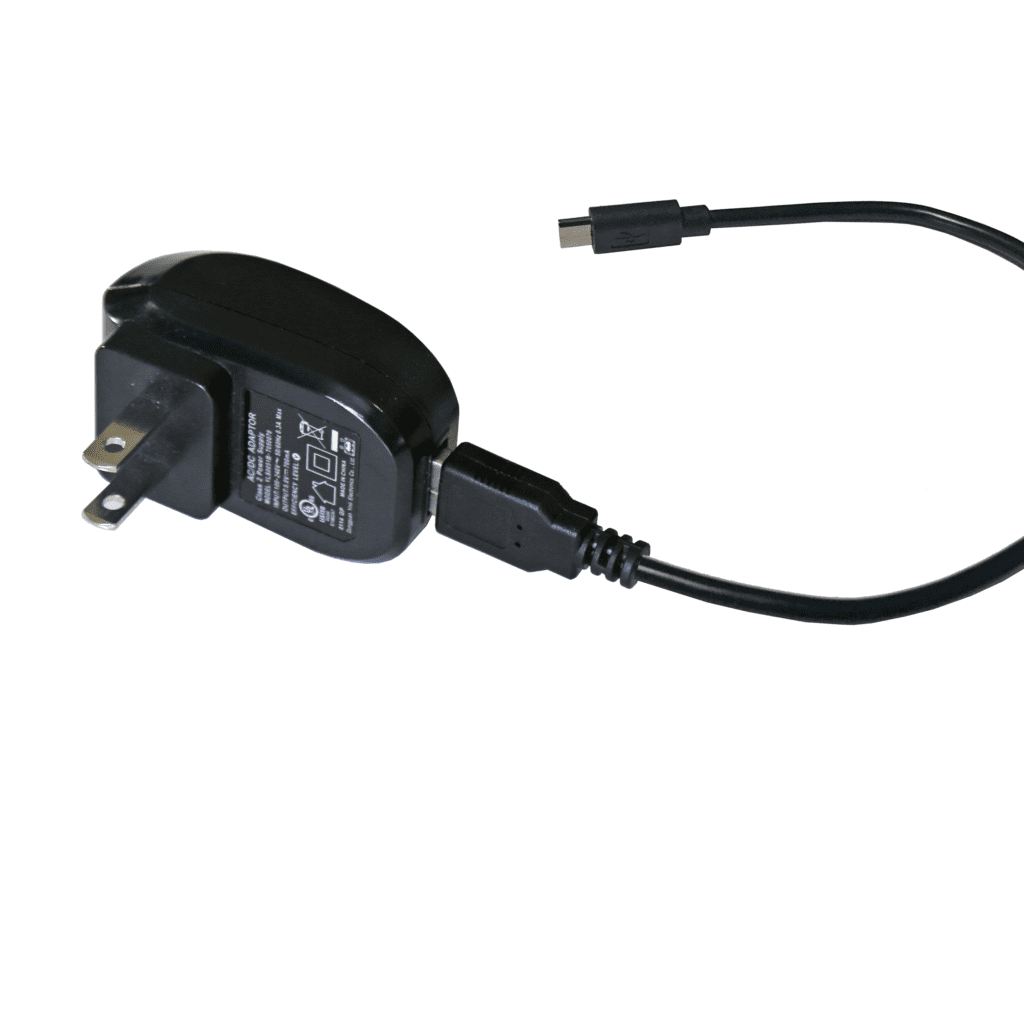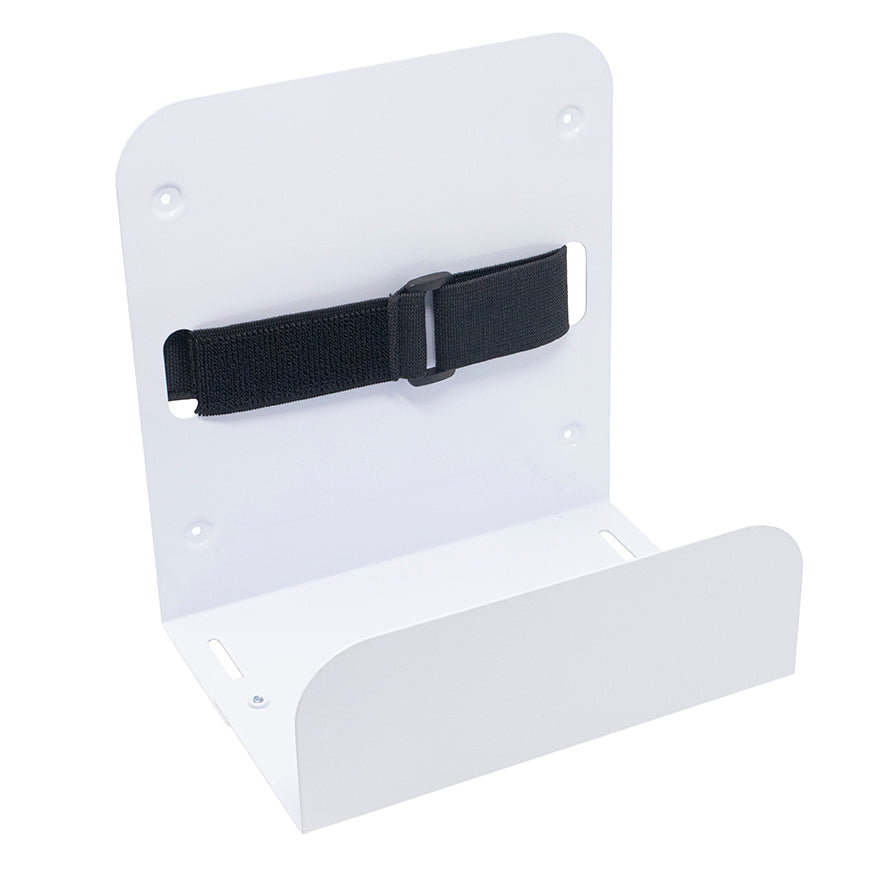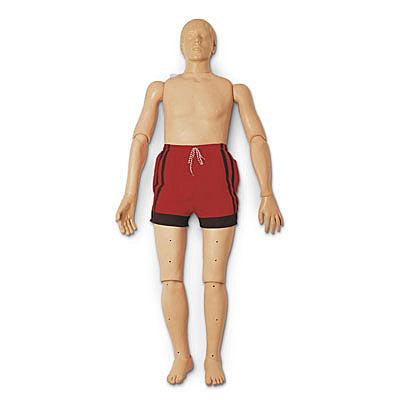Automated External Defibrillators (AEDs) are critical devices in saving lives during sudden cardiac arrest (SCA). They are designed to be user-friendly, enabling even those with minimal training to assist effectively in emergencies. AEDs come in two main types: fully automatic and semi-automatic. Understanding the differences between these two can help in making an informed decision when choosing an AED for your home, workplace, or community.
Fully Automatic AED
A fully automatic AED is designed to deliver a shock to the heart without the need for the user to press a button. Once the device analyzes the heart rhythm and determines that a shock is necessary, it will automatically deliver the shock after issuing a clear warning to stand clear. Here are some key characteristics:
1. User-Friendly Operation: The primary advantage of a fully automatic AED is its simplicity. By removing the need for the rescuer to press a shock button, the process becomes more straightforward, potentially reducing the time to treatment.
2. Reduced Human Error: Since the device administers the shock automatically, there is less chance of user hesitation or error during a critical moment.
3. Clear Instructions: Fully automatic AEDs provide voice prompts and visual cues to guide the rescuer through the process, ensuring that even untrained individuals can use the device effectively.
Semi-Automatic AED
A semi-automatic AED, on the other hand, requires the user to press a button to deliver the shock once the device has analyzed the heart rhythm and advised that a shock is needed. Here are its key features:
1. Controlled Shock Delivery: The rescuer must actively press the shock button, allowing them to ensure everyone is clear before the shock is administered. This control can be crucial in chaotic environments.
2. Engagement of Rescuers: By involving the rescuer in the decision to deliver the shock, semi-automatic AEDs may help maintain focus and engagement during the emergency response.
3. Training Benefits: Using a semi-automatic AED can be beneficial in training scenarios, as it encourages participants to follow the steps actively and become more familiar with the device's operation.
Choosing the Right AED
The choice between a fully automatic and a semi-automatic AED depends on the specific needs and preferences of the setting in which it will be used. Fully automatic AEDs are often preferred in public places where ease of use is paramount, while semi-automatic AEDs may be favored in environments where trained personnel are present and precise control over shock delivery is desired.














